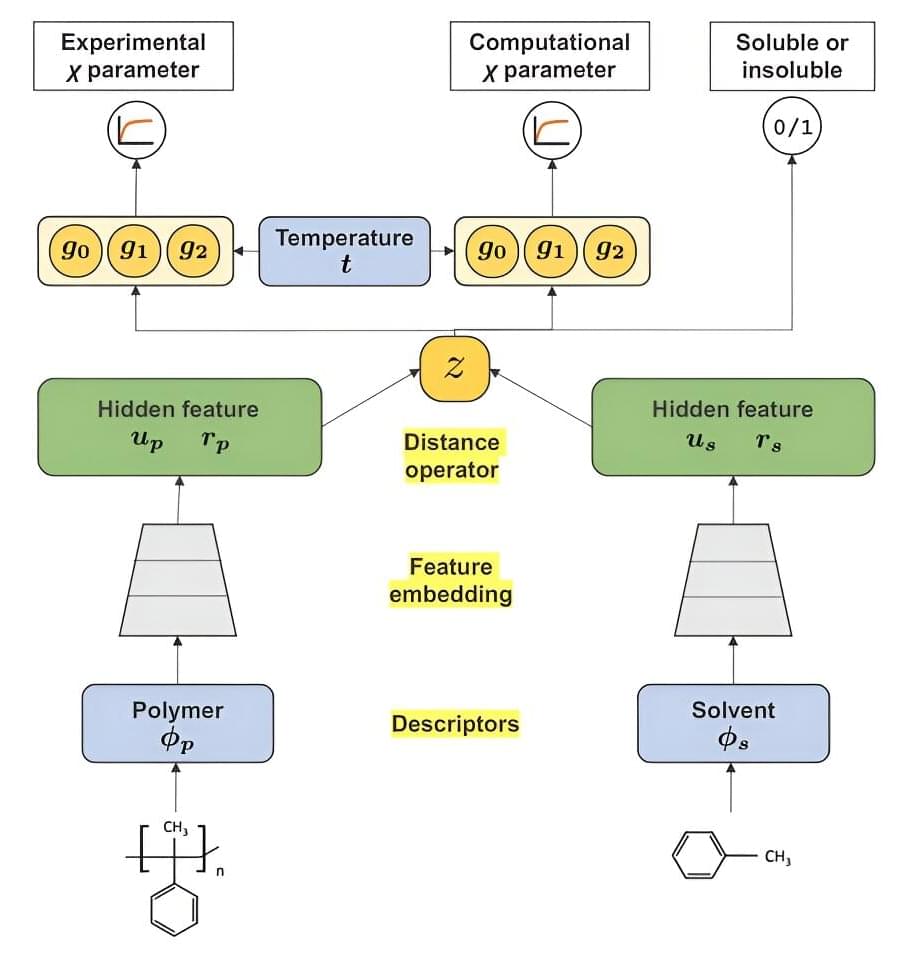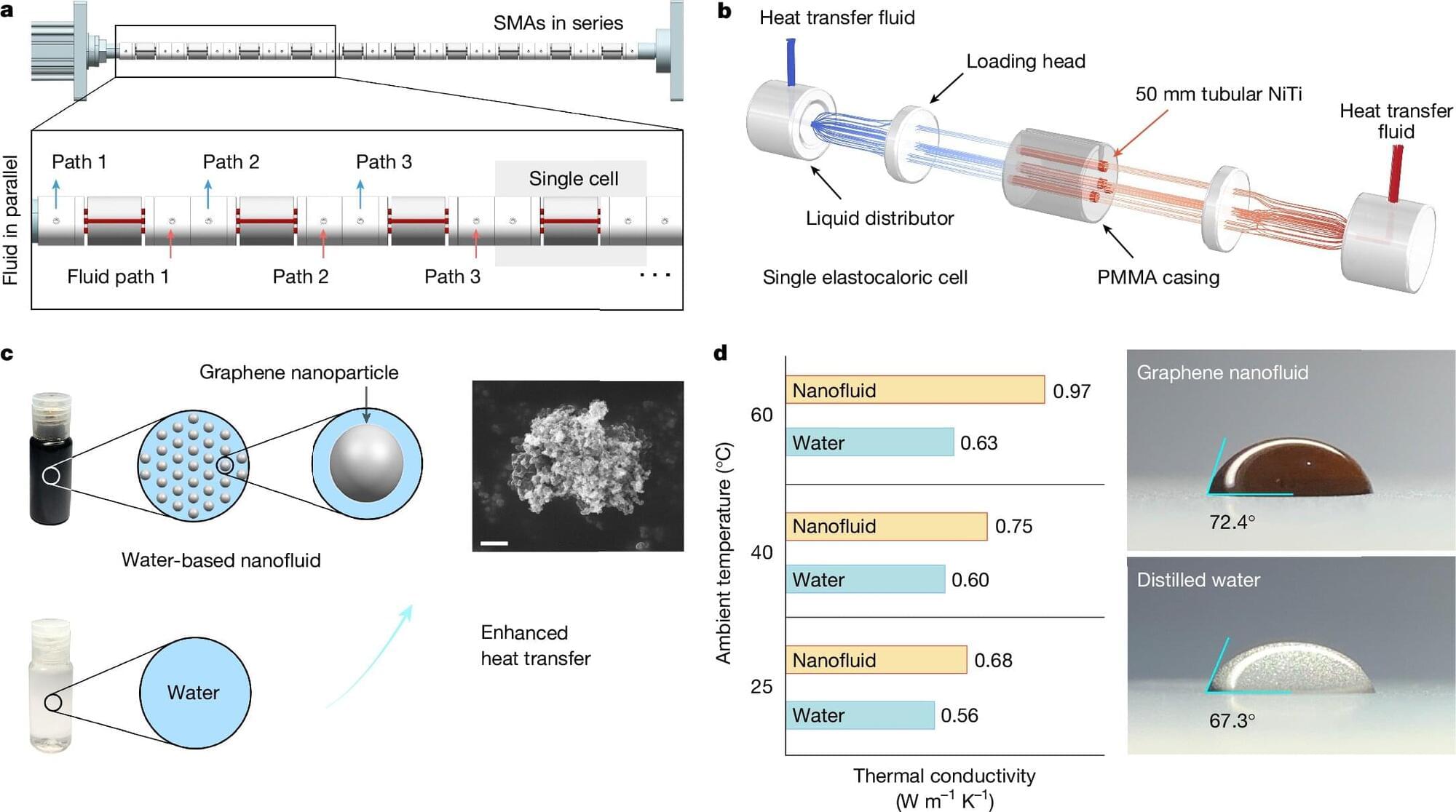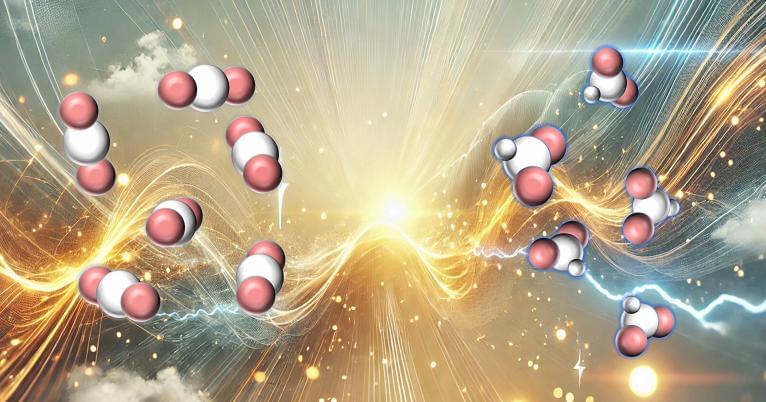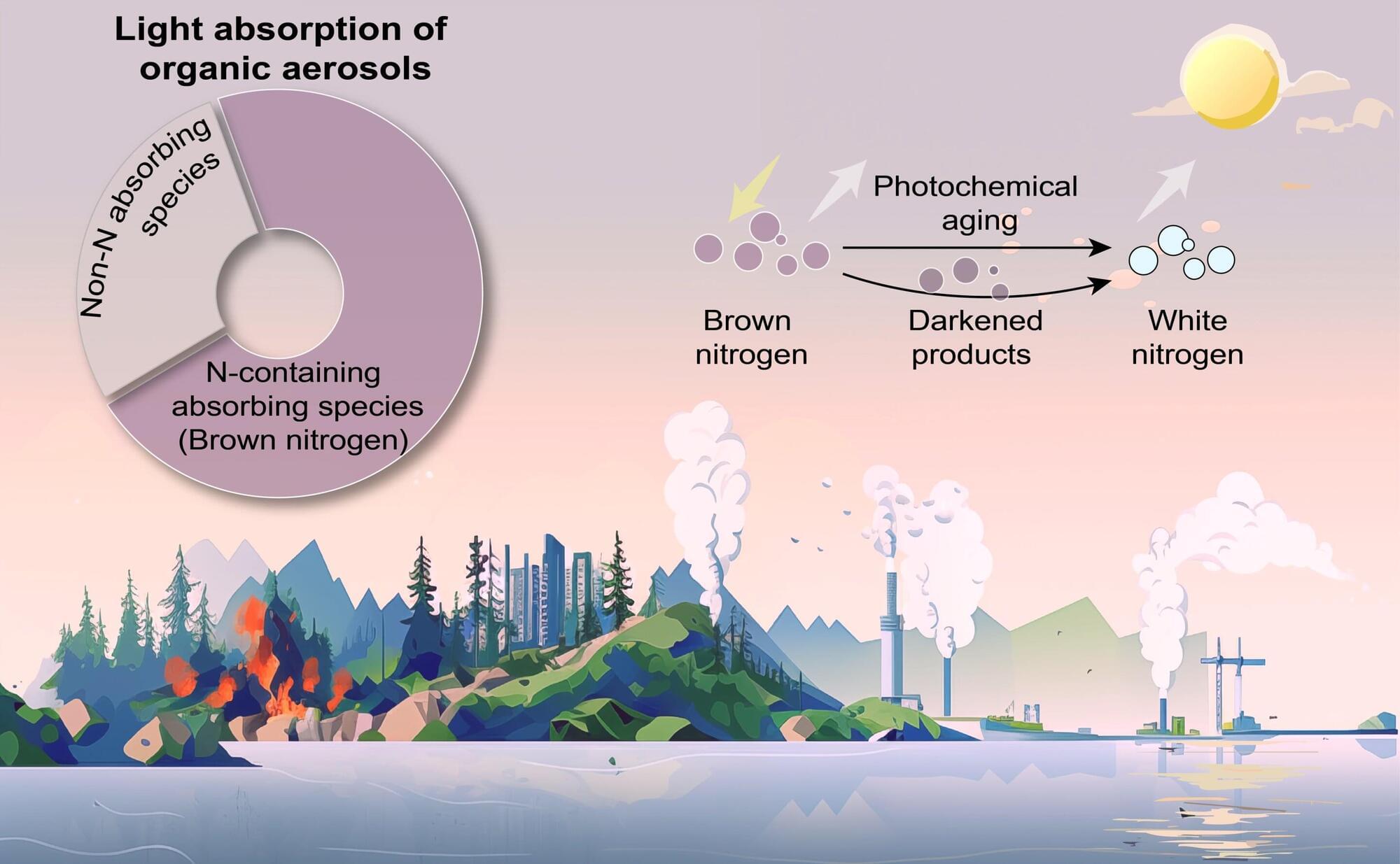Biofuel startups and technology grew massively in the 2000s and then failed in great numbers. Why is this renewable fuel making a comeback now?



It’s about my paper.
Dissolving polymers with organic solvents is the essential process in the research and development of polymeric materials, including polymer synthesis, refining, painting, and coating. Now more than ever recycling plastic waste is a particularly imperative part of reducing carbon produced by the materials development processes.
Polymers, in this instance, refer to plastics and plastic-like materials that require certain solvents to be able to effectively dissolve and therefore become recyclable, though it’s not as easy as it sounds. Utilizing Mitsubishi Chemical Group’s (MCG) databank of quantum chemistry calculations, scientists developed a novel machine learning system for determining the miscibility of any given polymer with its solvent candidates, referred to as χ (chi) parameters.
This system has enabled scientists to overcome the limitations arising from a limited amount of experimental data on the polymer-solvent miscibility by integrating massive data produced from the computer experiments using high-throughput quantum chemistry calculations.

Researchers at the Hong Kong University of Science and Technology (HKUST) have developed the world’s first kilowatt-scale elastocaloric cooling device. The device can stabilize indoor temperatures at a comfortable 21°C–22°C in just 15 minutes, even when outdoor temperatures reach between 30°C and 31°C, marking a significant breakthrough toward the commercial application of elastocaloric solid-state cooling technology.
The research findings have been published in the journal Nature, offering a promising solution to combat climate change and accelerate the low-carbon transformation of the global cooling industry.
As global warming intensifies, the demand for air conditioning and cooling has been growing, with cooling already accounting for 20% of global electricity consumption. Mainstream vapor compression cooling technology relies on refrigerants with high global warming potential (GWP).
The AuREUS system is an evolution for walls/windows, and uses technology synthesized from upcycled crop waste to absorb stray UV light from sunlight and convert it to clean renewable electricity.
This is a bit old, but still cool.

The world’s demand for alternative fuels and sustainable chemical products has prompted many scientists to look in the same direction for answers: converting carbon dioxide (CO2) into carbon monoxide (CO).
But the labs of Yale chemists Nilay Hazari and James Mayer have a different chemical destination in mind. In a new study, Hazari, Mayer, and their collaborators present a new method for transforming CO2 into a chemical compound known as formate — which is used primarily in preservatives and pesticides, and which may be a potential source of more complex materials.

TAMPA, Fla. — Star Catcher Industries, a startup designing spacecraft to beam solar energy to other satellites in low Earth orbit, has secured funding from Florida’s economic development agency to demonstrate the technology at a former Space Shuttle landing site.
Space Florida is providing a $2 million financial package for the one-year-old venture, Star Catcher CEO Andrew Rush told SpaceNews March 7, with most of the funds supporting tests this summer from Space Florida’s Launch and Landing Facility at the Cape — one of the longest runways in the world.
Rush said Star Catcher plans to use the facility to demonstrate its ability to beam hundreds of watts of energy to multiple simulated satellites simultaneously from more than a kilometer away, marking a critical proof point for the Jacksonville, Florida-based startup’s technology.
Come listen to one of the great authors in this year’s edition of Future Visions, Jacob Colbruno.
Join Mike DiVerde as he interviews Jacob Colbruno, a visionary thinker and contributor to the OmniFuturists, about the future of energy and civilization. Discover fascinating insights about small modular nuclear reactors, the Economic Singularity, and the path to superabundance. From hands-on farming experience to deep analysis of future energy needs, Jacob shares unique perspectives on how nuclear power, AI, and technological advancement will reshape society. Learn why the next decade could transform how we live, work, and harness energy for a sustainable future.
#EconomicSingularity #NuclearPower #FutureEnergy #Sustainability #TechInnovation

A collaborative research team has introduced a nitrogen-centric framework that explains the light-absorbing effects of atmospheric organic aerosols. Published in Science, this study reveals that nitrogen-containing compounds play a dominant role in the absorption of sunlight by atmospheric organic aerosols worldwide. This discovery signifies a major step towards improving climate models and developing more targeted strategies to mitigate the climate impact of airborne particles.
Atmospheric organic aerosols influence climate by absorbing and scattering sunlight, particularly within the near-ultraviolet to visible range. Due to their complex composition and continuous chemical transformation in the atmosphere, accurately assessing their climate effects has remained a challenge.
The study was jointly led by Prof. Fu Tzung-May, Professor of the School of Environmental Science and Engineering at Southern University of Science and Technology (SUSTech) and National Center for Applied Mathematics Shenzhen (NCAMS), and Prof. Yu Jianzhen, Chair Professor of the Department of Chemistry and the Division of Environment and Sustainability at Hong Kong University of Science and Technology (HKUST).

What impacts have climate change mitigation strategies had on the ozone layer? This is what a recent study published in Nature hopes to address as a team of researchers led by the Massachusetts Institute of Technology (MIT) investigated the rate of Antarctic ozone recovery due to a reduction in human-caused ozone-depleting substances (ODSs). This study has the potential to help researchers, climate scientists, legislators, and the public better understand the benefits of climate change mitigation strategies on healing the environment for both the short and long term.
For the study, the researchers used a combination of satellite imagery data and a series of computer models to ascertain the extent of the Antarctic ozone recovery based on seasons and altitude between 2005 and now. The team conducted various models to identify a pattern in Antarctic ozone recovery, which they call a “fingerprint”. After comparing this to the satellite data, the team ascertained that the Antarctic ozone has been healing due to decreased levels of ODSs.
“After 15 years of observational records, we see this signal to noise with 95 percent confidence, suggesting there’s only a very small chance that the observed pattern similarity can be explained by variability noise,” said Peidong Wang, who is a PhD student in MIT’s Department of Earth, Atmospheric and Planetary Sciences and lead author of the study. “This gives us confidence in the fingerprint. It also gives us confidence that we can solve environmental problems. What we can learn from ozone studies is how different countries can swiftly follow these treaties to decrease emissions.”
Using body parts from simple animals in robotics is not as controversial. But it’s still important to consider the impact on these living creatures. It may seem that bugs and jellyfish and mollusks aren’t capable of caring about how we use their bodies. But what if we’re wrong about that? Some researchers are finding that such creatures might have more awareness and feelings than expected.
Living robots also interact with the environment. What if a jellyfish outfitted with electronics got eaten? Xu is hoping to develop biodegradable electronics that wouldn’t harm other animals or pollute the ocean.
Biohybrid robots blur the line between machine and living thing. The jellyfish cyborgs are obviously still alive. But most biohybrids don’t really fit into one category or the other. Shin says of her heart-cell-covered bot: “it’s not a creature.” But it’s not a typical robot, either.